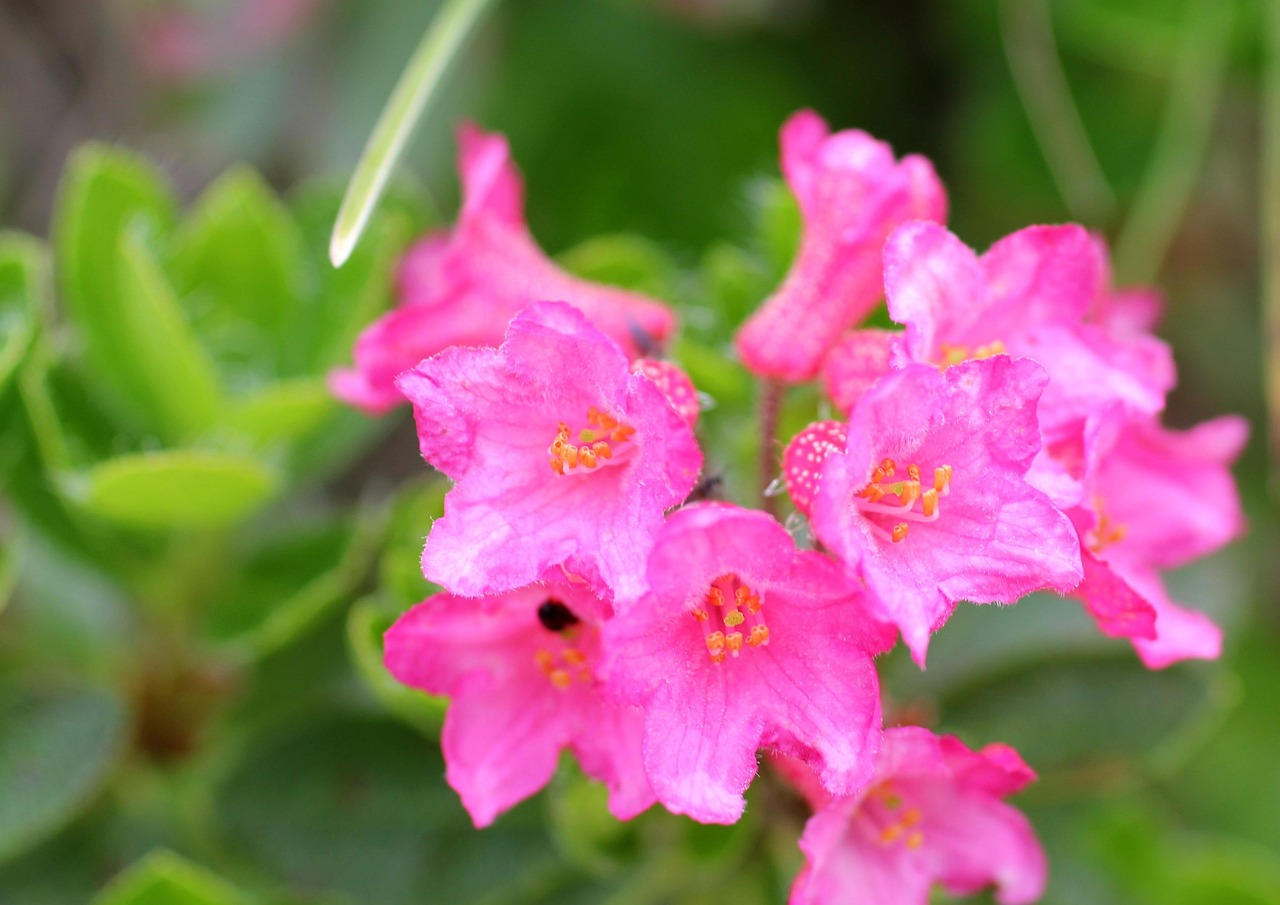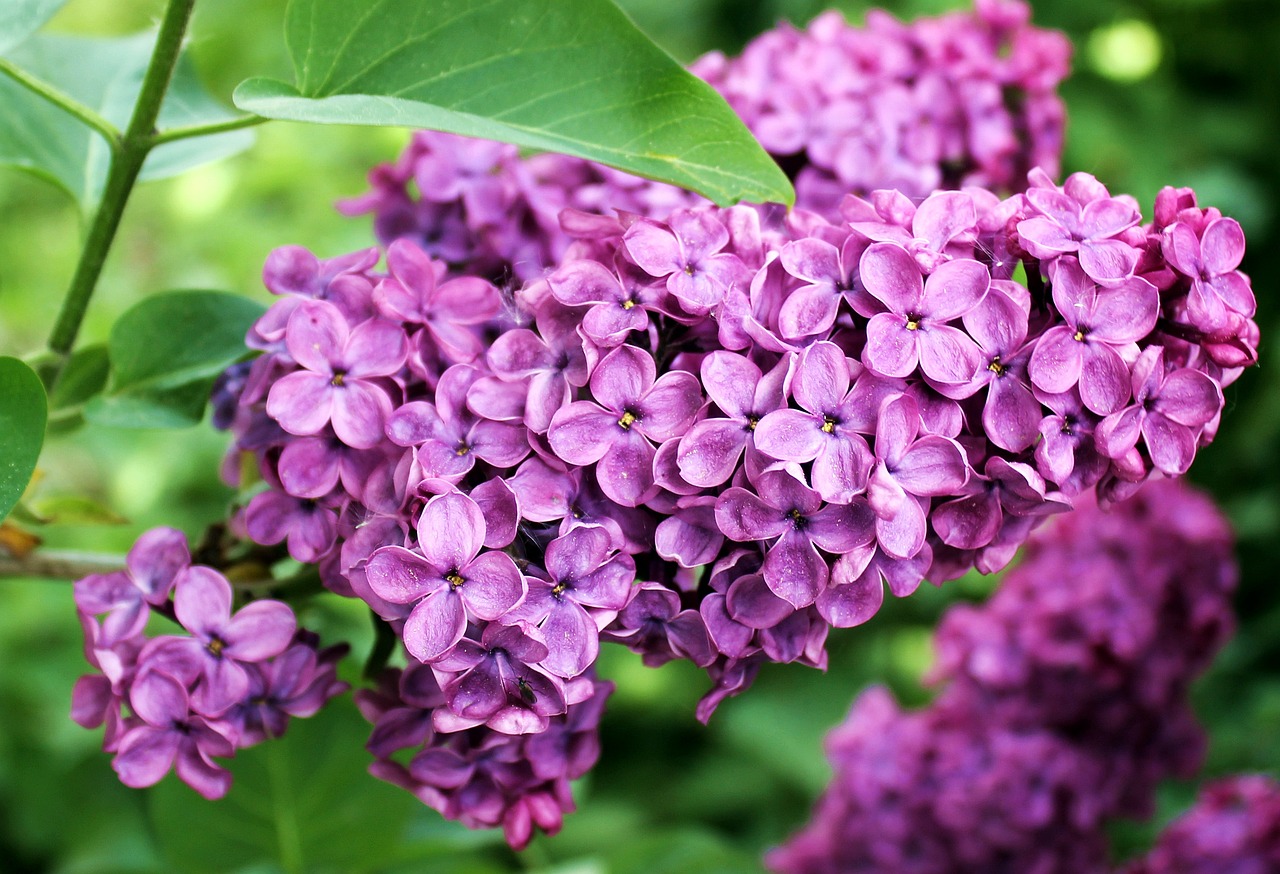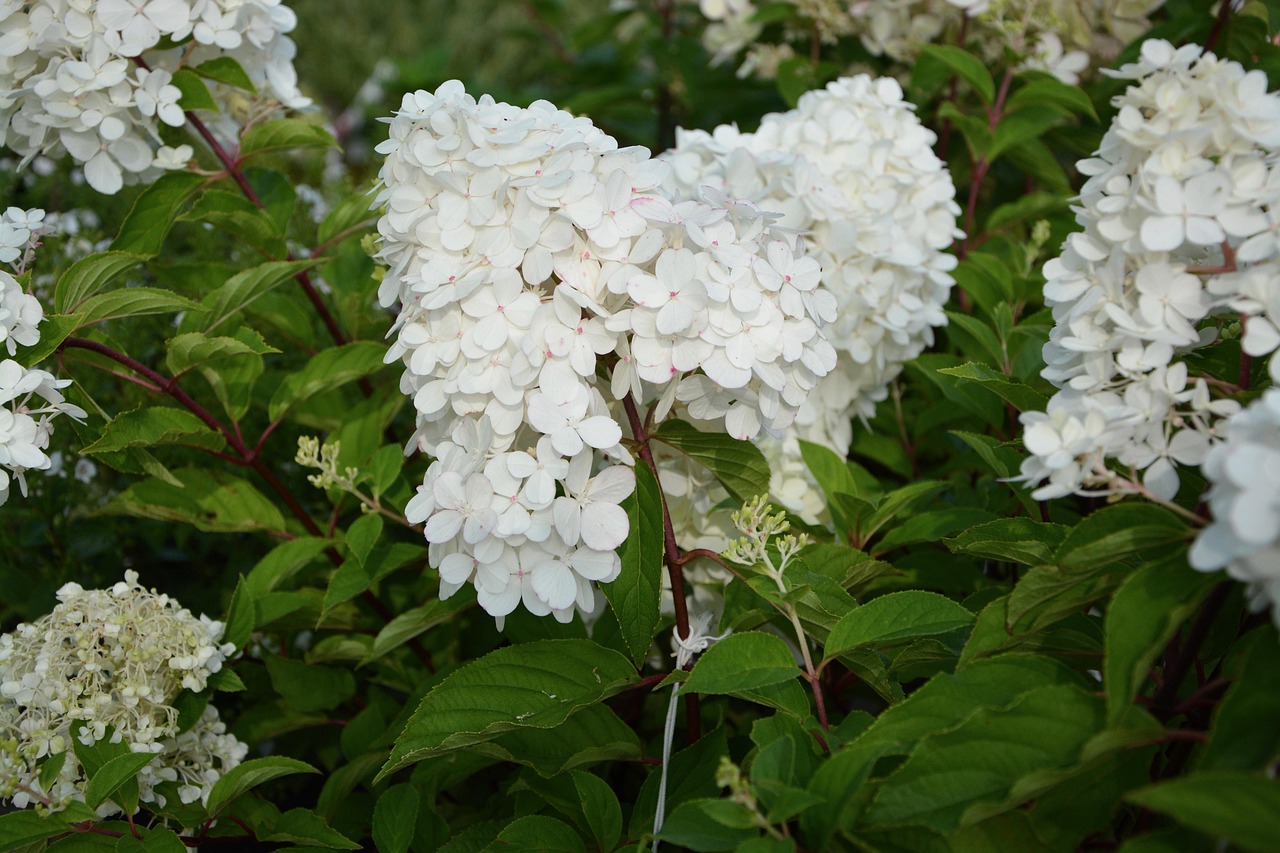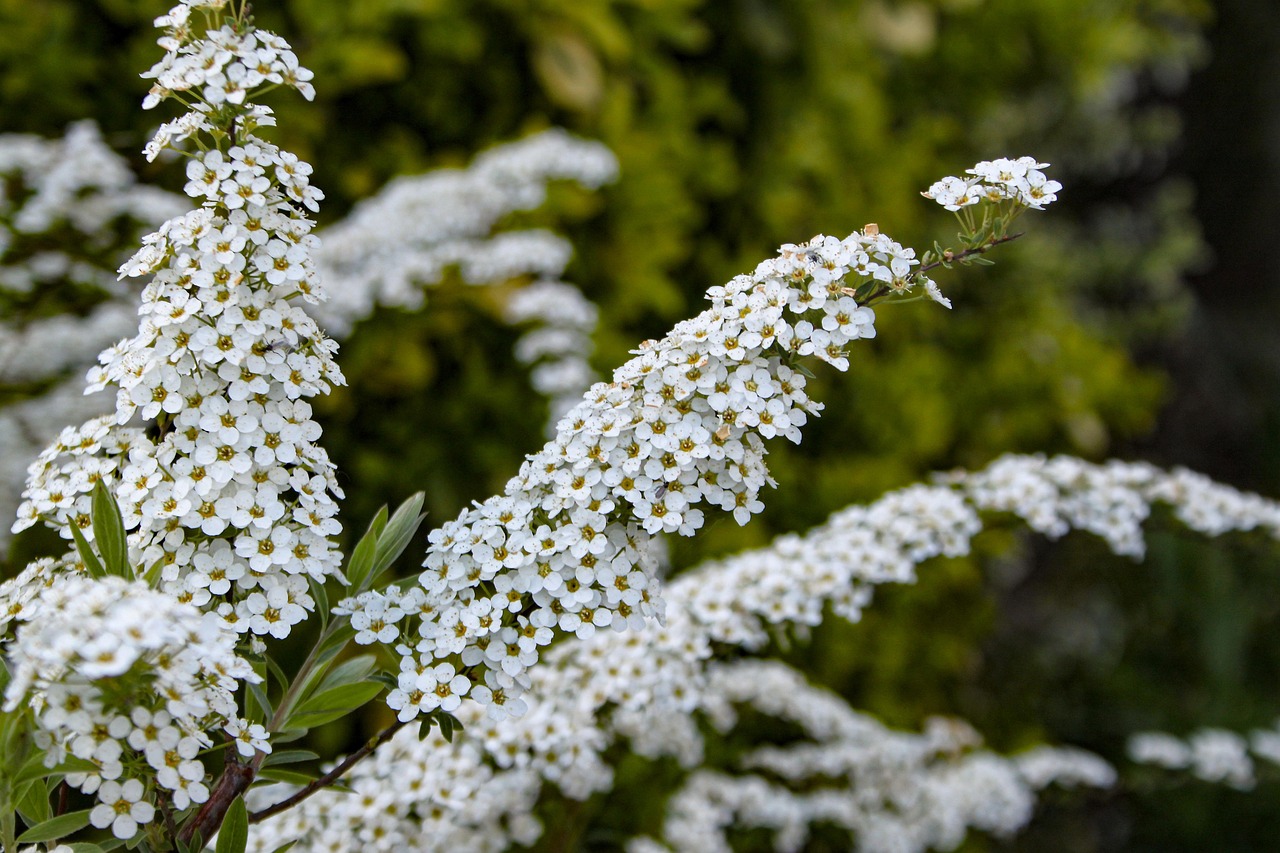Leptospermum scoparium | A Flowering Tree Rooted in Māori Tradition
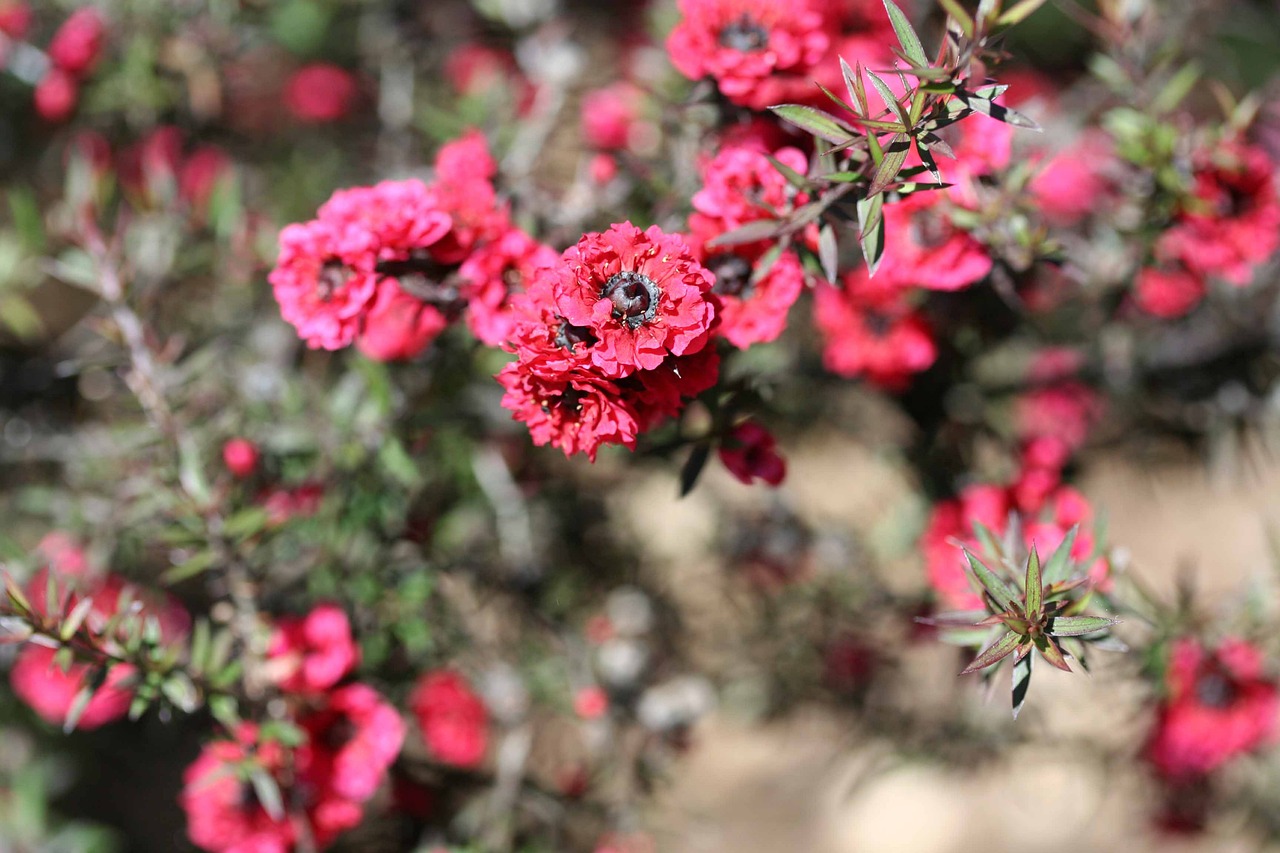
I introduce Leptospermum scoparium, a charming evergreen shrub native to New Zealand and Australia, which produces small and delicate blossoms.
The flowers come in shades of red, pink, and white, densely covering its branches. It is valued as an ornamental plant for gardens and pots, and is also admired for enhancing natural landscapes.
In this article, I explain in detail the basic information, cultural background, history, and gardening tips for growing Leptospermum scoparium.
Basic Information
- Scientific name: Leptospermum scoparium
- Family: Myrtaceae
- Origin: New Zealand, Australia
- Appearance: Evergreen shrub with fine needle-like leaves densely packed on its slender branches. From spring to early summer, it produces plum-like flowers with prominent dark stamens in the center.
- Blooming season: Spring to early summer (September–December in the Southern Hemisphere)
Cultural Significance Around the World
In New Zealand and Australia, this shrub has long been cherished and is widely known as “Manuka.”
In New Zealand, when the flowers bloom, bees gather and produce honey with a distinctive flavor, called “Manuka honey,” which is highly valued.
In Australia, it is prized for its resistance to drought and wind, and has been used in gardens and parks for landscaping. Its long-lasting blossoms make it popular as an ornamental tree.
In Japan, it was introduced after the Meiji period and has been cultivated mainly in warm regions. Potted plants are especially popular, and when grown as bonsai, they harmonize beautifully with Japanese aesthetics.
Historical Background
The indigenous peoples of New Zealand and Australia have used Leptospermum scoparium in their daily lives.
For the Māori of New Zealand, it was regarded as a “sacred tree” and held an essential role in their culture.
In the 18th century, British explorer James Cook observed local people drinking an infusion made from this plant. He then prepared tea from it for his crew, which led to its English name, “Tea Tree.”
By the 19th century, its ornamental value was recognized, and it was introduced to Europe and America. Numerous horticultural varieties were developed, and it gained worldwide popularity as a garden plant. Today, it continues to be widely cultivated in gardens and parks around the world.
Gardening Advice
Leptospermum scoparium is relatively hardy, but with proper care, it can thrive and bloom more beautifully.
Sunlight
Prefers full sun, though it can grow in partial shade. Limited sunlight may reduce flower production.
Watering
While drought-tolerant, potted plants should be watered thoroughly once the soil surface has dried. For outdoor planting, natural rainfall is generally sufficient except during extreme drought.
Soil
Requires well-drained soil. Clay soils should be improved with compost or sand to prevent root rot.
Fertilizer
Applying slow-release fertilizer during the growing season (spring–summer) encourages abundant flowering. Avoid over-fertilization.
Pruning
Light pruning after flowering helps maintain shape and promote healthy growth. Thinning dense branches improves air circulation and prevents pests and diseases.
Cold tolerance
Prefers mild climates. In colder regions, frost protection is recommended. Potted plants can be moved indoors to a sunny spot during winter.
Conclusion
Leptospermum scoparium is an evergreen shrub native to New Zealand and Australia that produces beautiful blossoms in spring and early summer.
Known locally as “Manuka,” it is especially famous in New Zealand for the distinctive honey produced by bees from its nectar.
Since the 18th century, when Captain Cook introduced it to Europe, the plant has spread worldwide as an ornamental species.
In Japan, it is cherished as a potted plant and bonsai, appreciated for its harmony with traditional aesthetics. With its resilience and ease of care, it remains a popular choice for gardens and parks across the globe.

